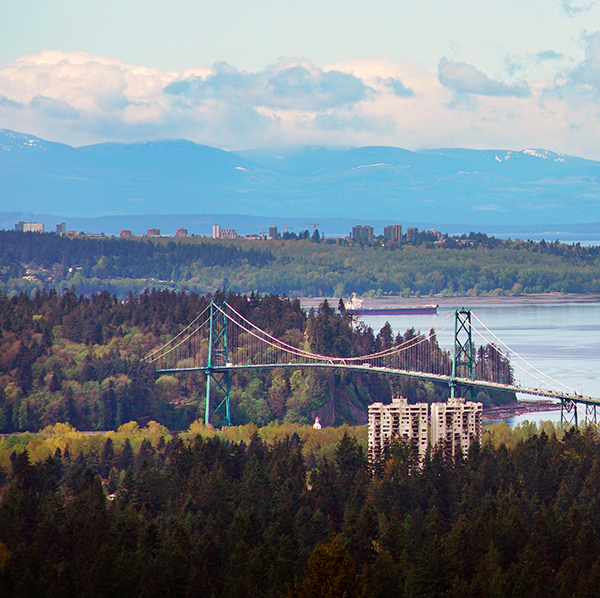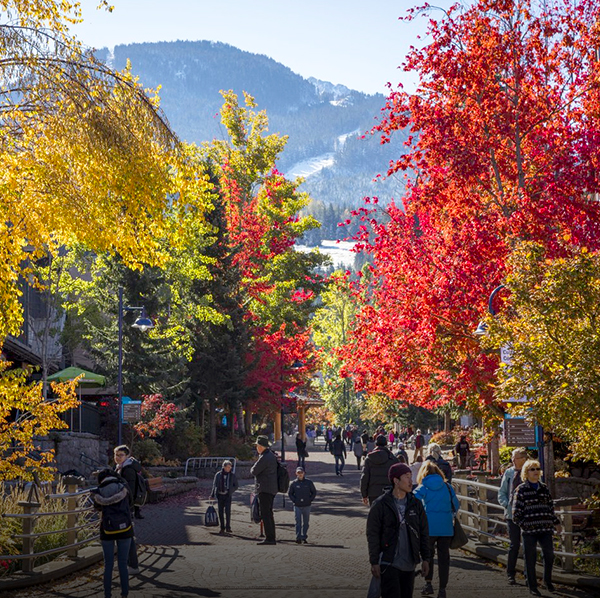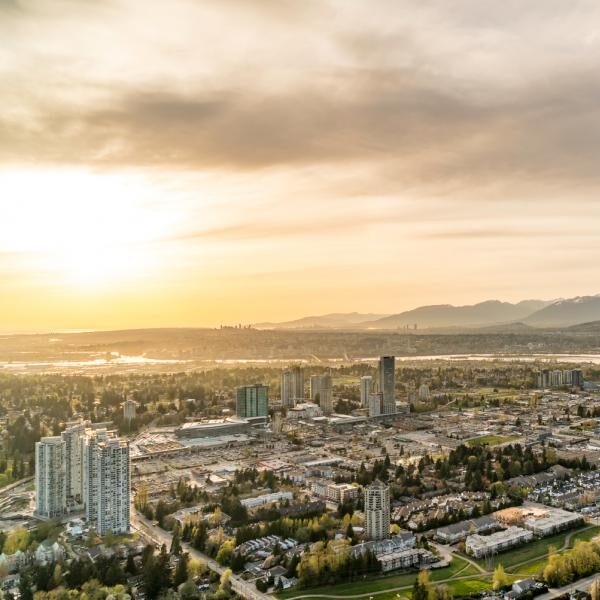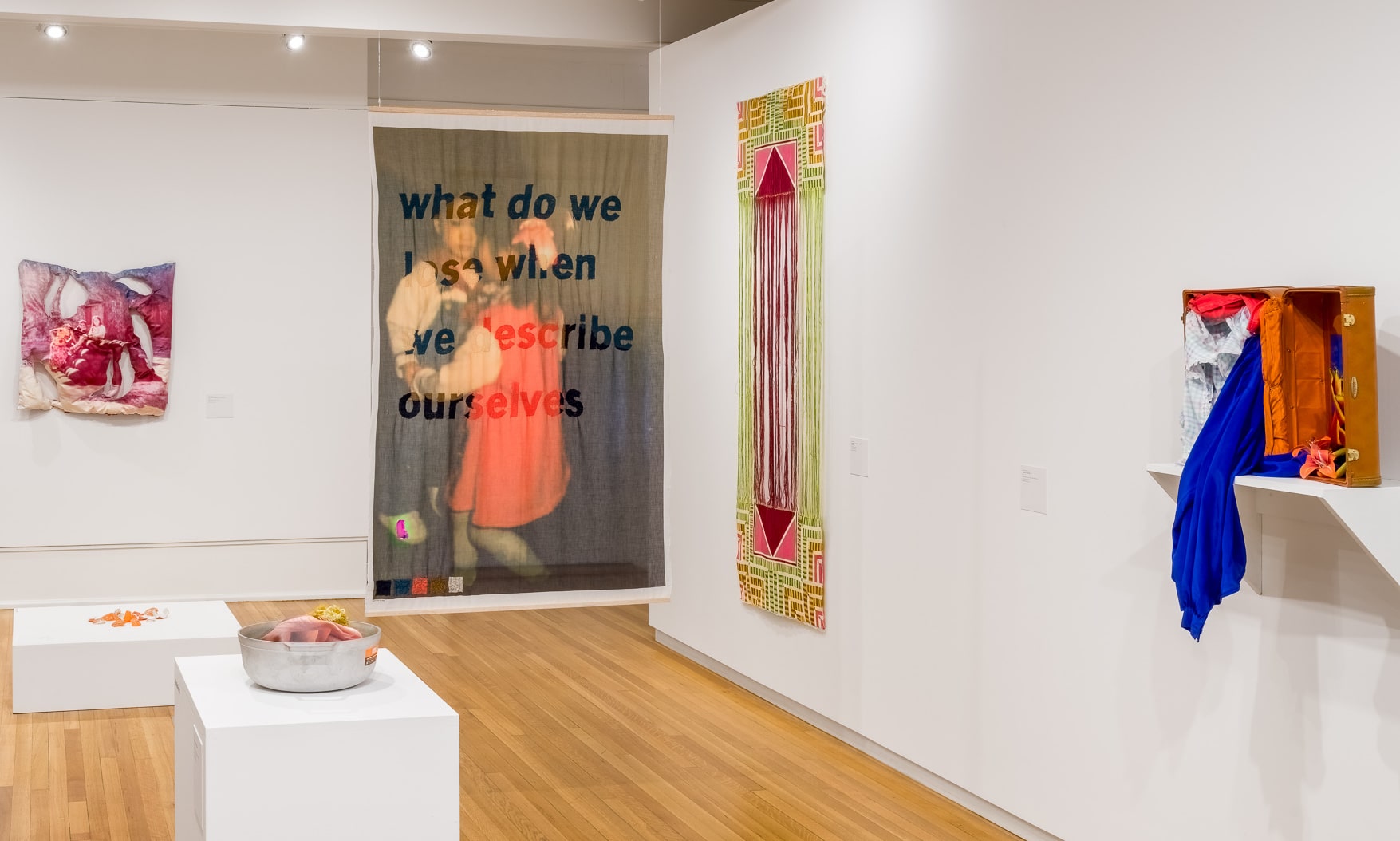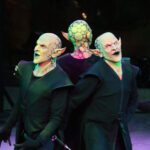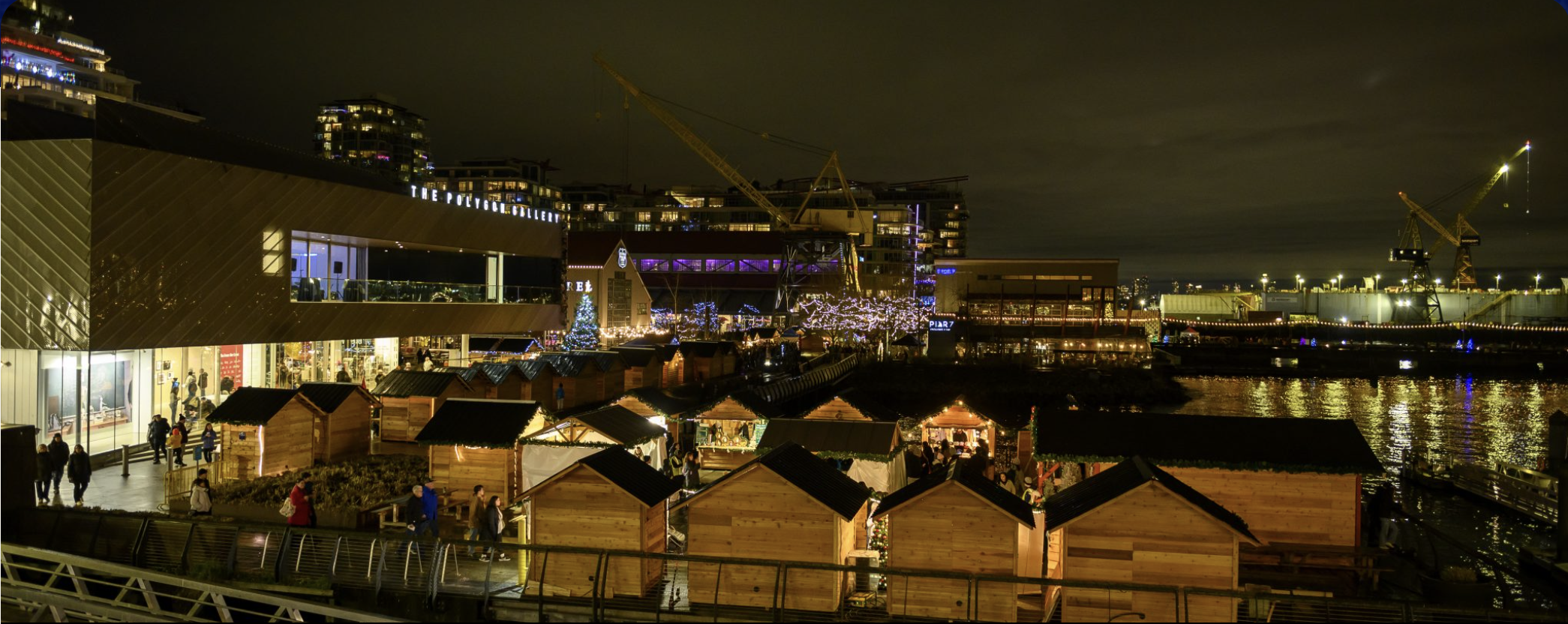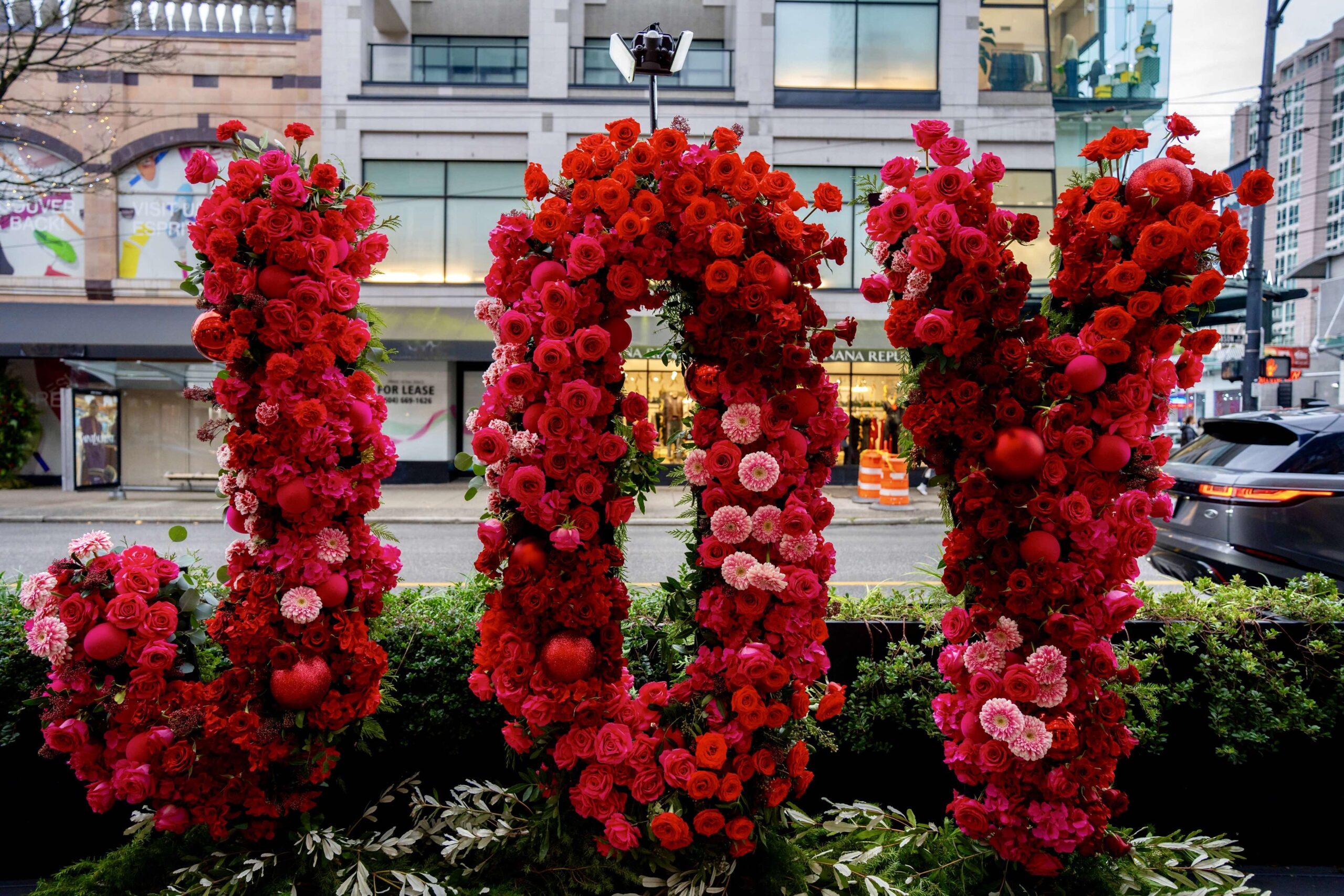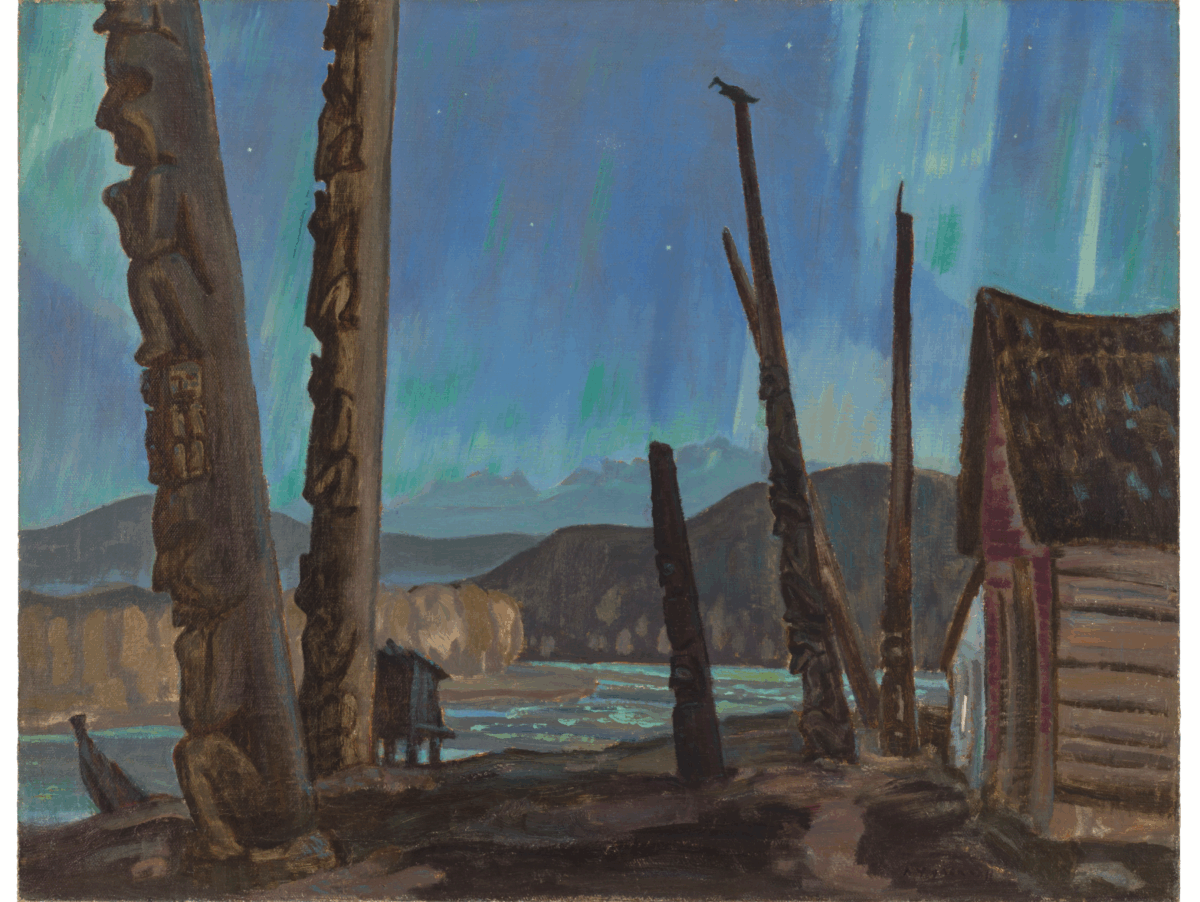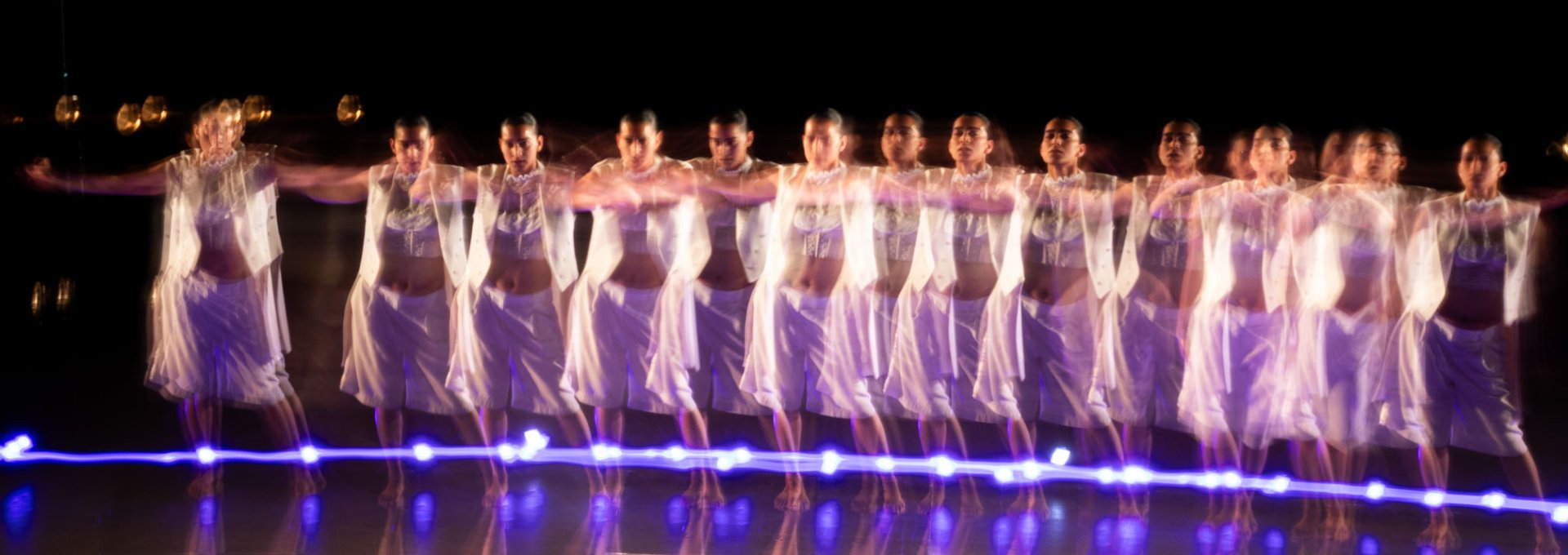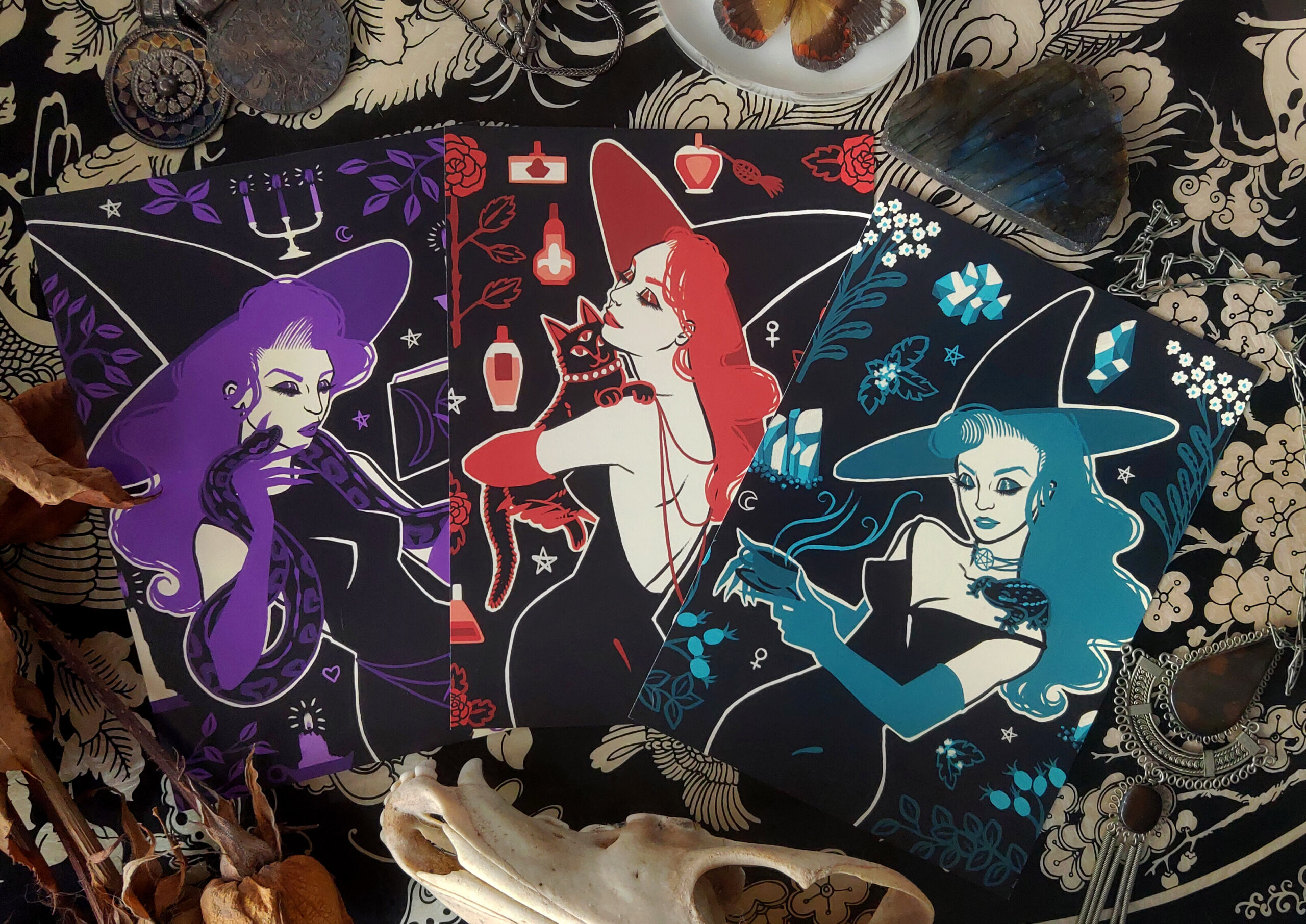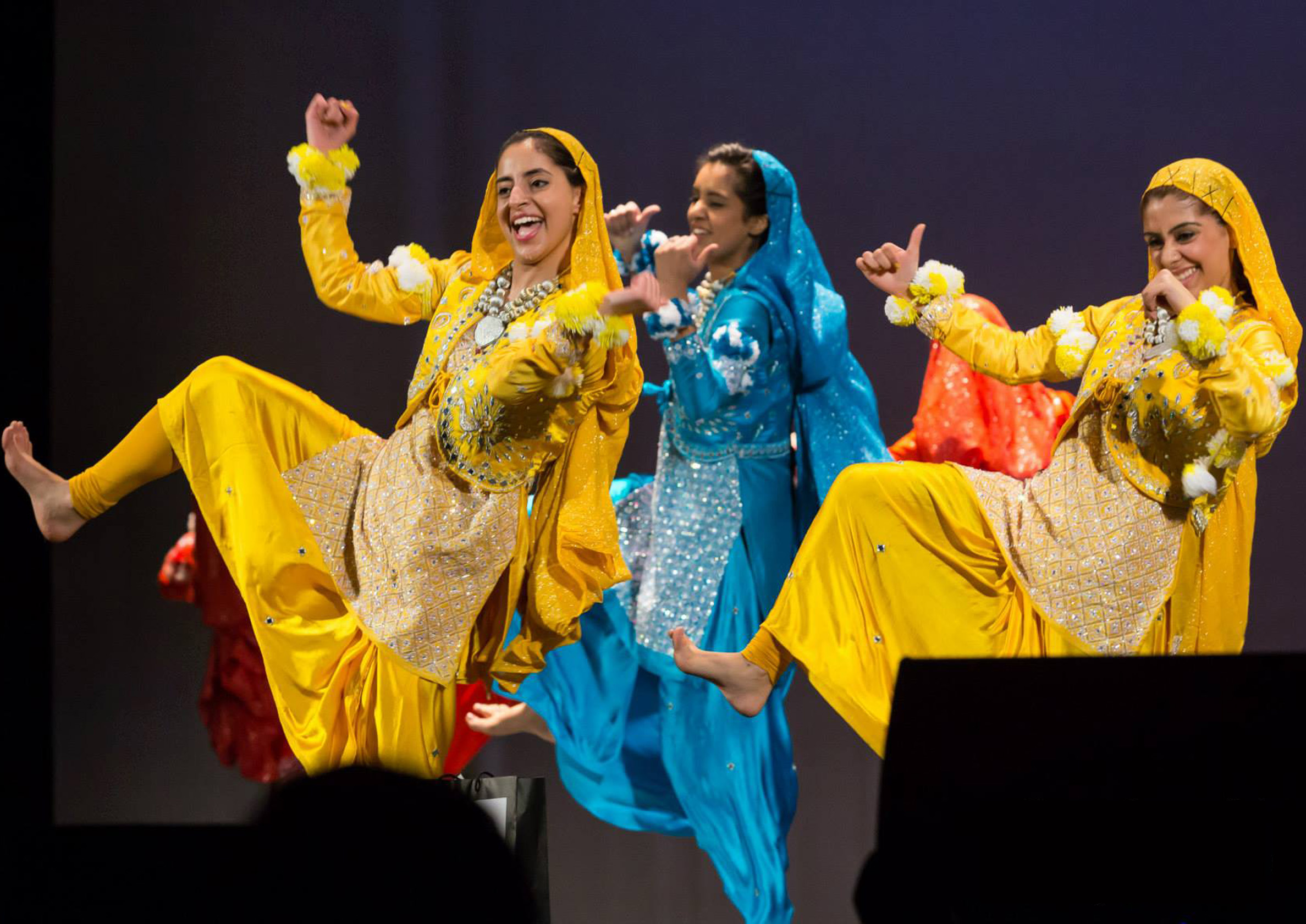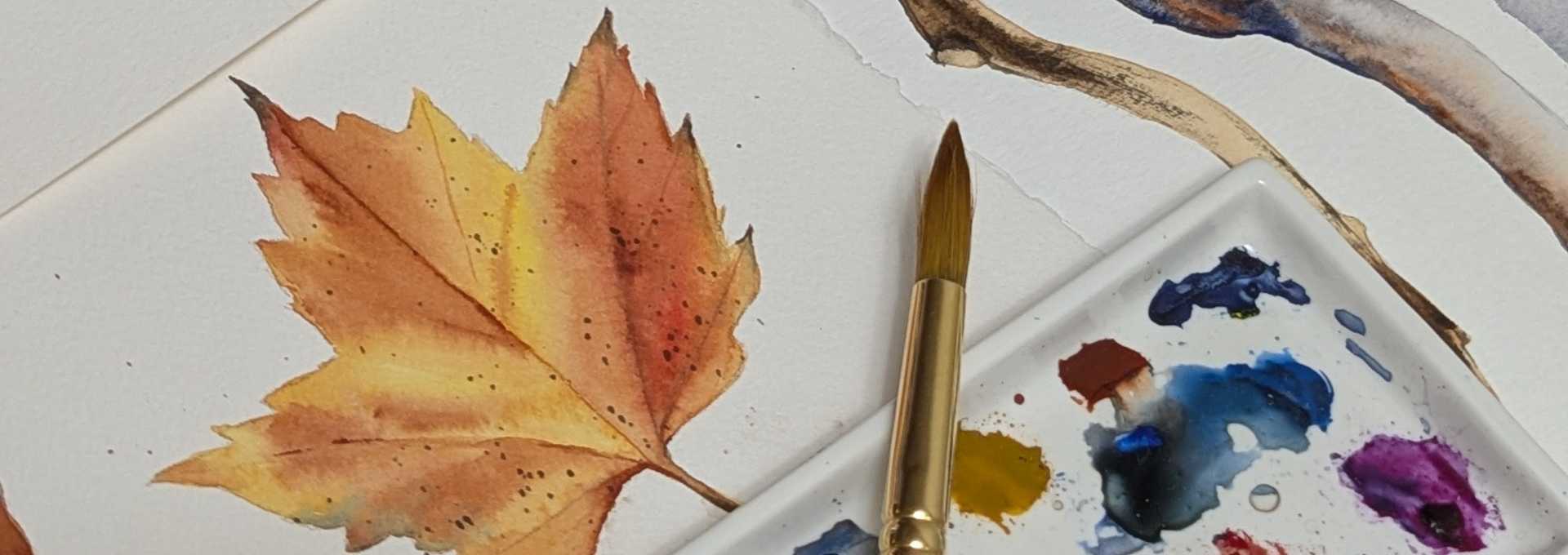By Paula Burrows
*Cover image by Blaine Campbell
The exhibition Ghostly Makers, on now at Burnaby Art Gallery, spotlights artists redefining the concept of cultural belonging. Each featured piece explores how supernatural phenomena (or hauntings) can offer a healing path for uprooted communities.
Curated by Carmen Levy-Milne, this thoughtful collection features the work of five artists: Samar Hejazi, Jacqueline Morrisseau-Addison, Keysha Rivera, Arezu Salamzadeh, and Lan “Florence” Lee. It’s an eclectic array of female, non-binary, and gender-fluid voices from differing backgrounds, with the throughline of their use of ghostly imagery. Each artist creatively reimagines cultural practices that have been brushed aside or outright lost through their transfer through colonization and settlement.
Curator Levy-Milne, who is of Ashkenazi Jewish and Irish heritage, had the idea for the show as part of her master’s thesis at UBC, in which she delves into the therapeutic potential of art for community restoration and healing of collective trauma. The show’s title, borrowed from Avery Gordon’s work Ghostly Matters: Haunting and the Sociological Imagination, introduces haunting as a state of refamiliarization. It’s a compelling notion that serves as the backbone of Levy-Milne’s vision.
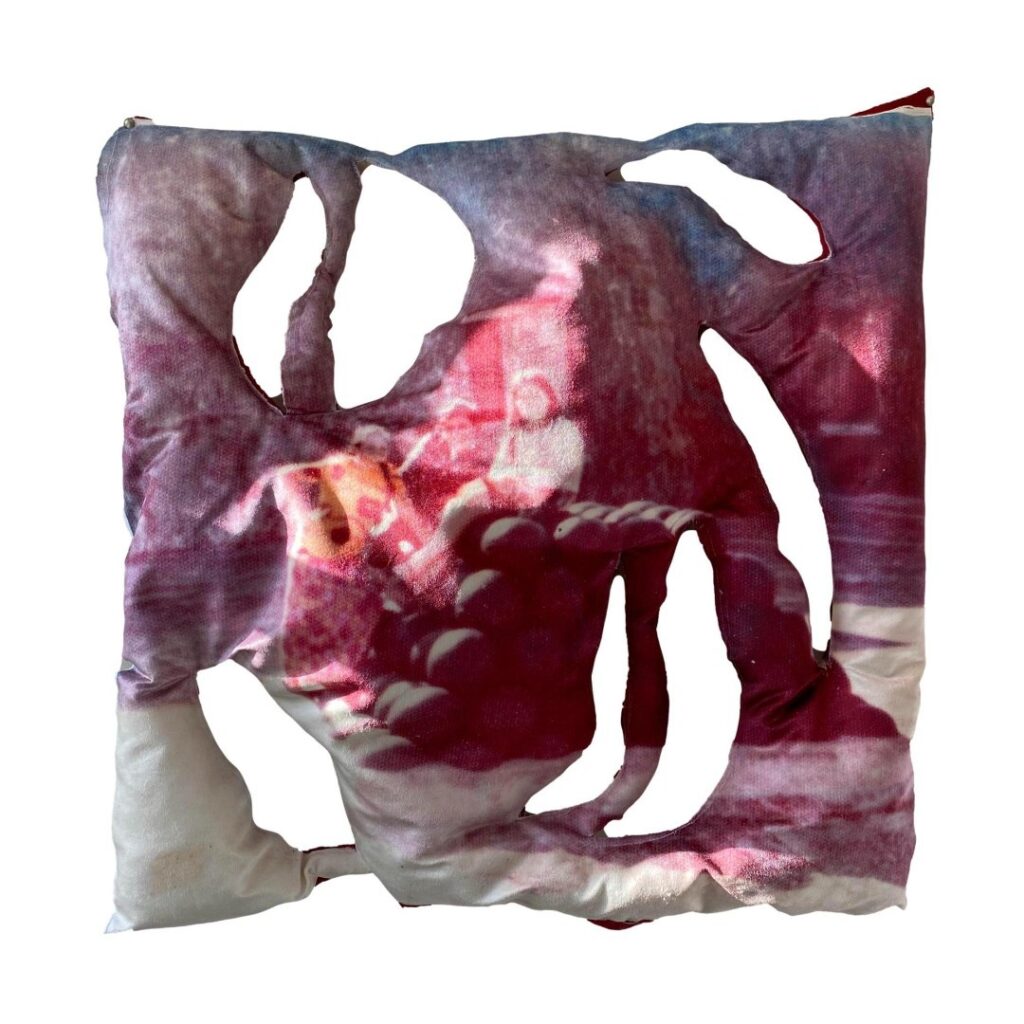
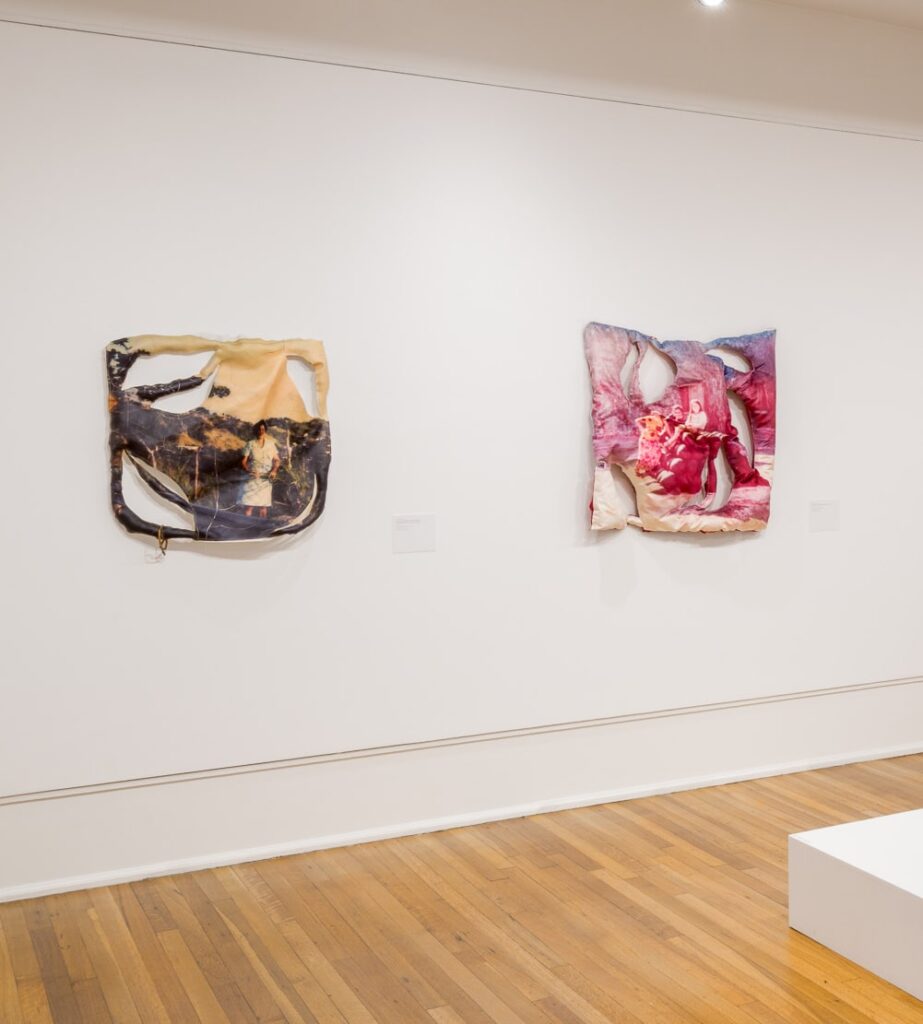
Right – Rivera’s work in installation, photo by Blaine Campbell
The artists use a diverse range of mediums to communicate the intricacies of cultural identity and belonging, particularly in the context of diasporic populations. The shared use of haunting imagery underscores the mission to reclaim and reinterpret cultural heritage that has suffered intergenerational loss.
Exploring the space, Keysha Rivera, an artist of Afro-Indigenous descent, beckons visitors with her soft sculptures crafted from 2D photographs taken by her mother during the 1980s. These works delve into home vulnerability, Caribbean identity, and the tenderness of memory and recollection.
Samar Hejazi’s exceptional work, Intricacies of Wholeness, draws inspiration from traditional Palestinian Tatreez designs. Palestinian women originally embroidered these intricate designs to identify their ancestral villages. Hejazi deviates from the conventional constraints of embroidery, experimenting with novel thread techniques to create abstract forms. It’s an approach that challenges the established norms while paying homage to a historical medium of expression that empowered women when spoken words were inadequate. Palestinian women could, through their embroidery, record their observations and stories, avoiding the societal oppression they lived through. After al-Nakba, the mass exodus of Arabs from Palestine, Tatreez designs became symbols for the preservation of Palestinian culture. A Canadian of Palestinian descent, Hejazi challenges notions of cultural identity and belonging with these abstract Tatreez embroideries.
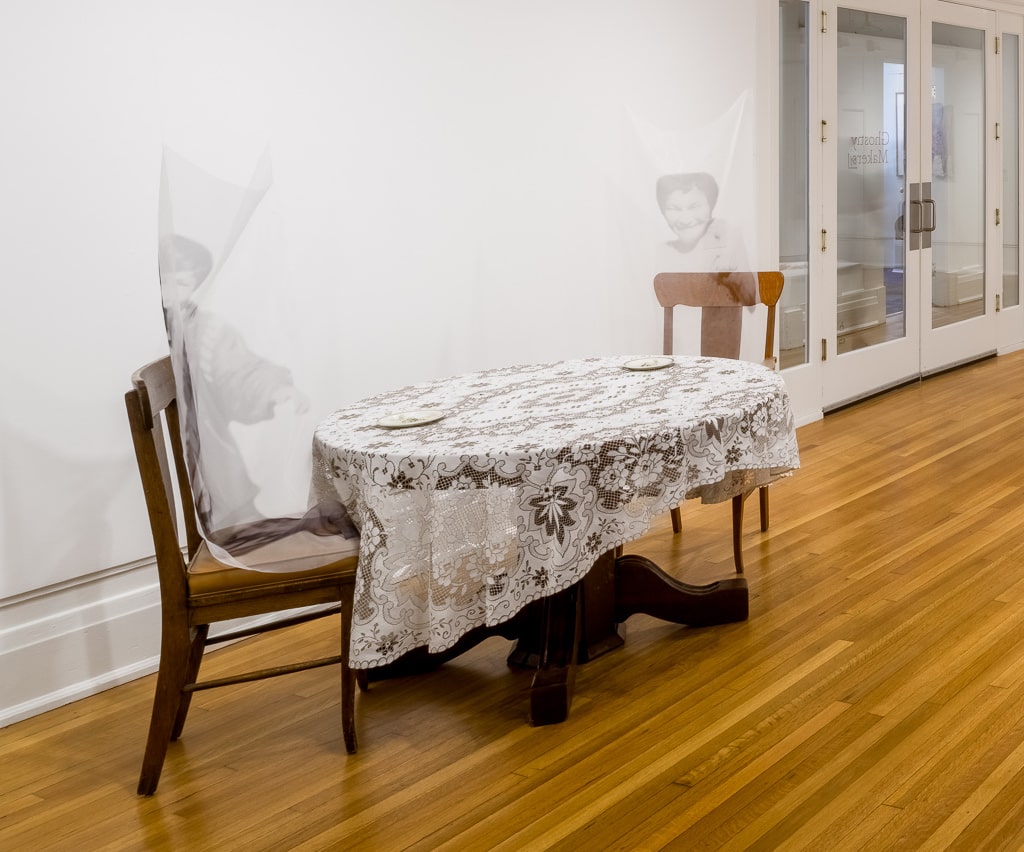
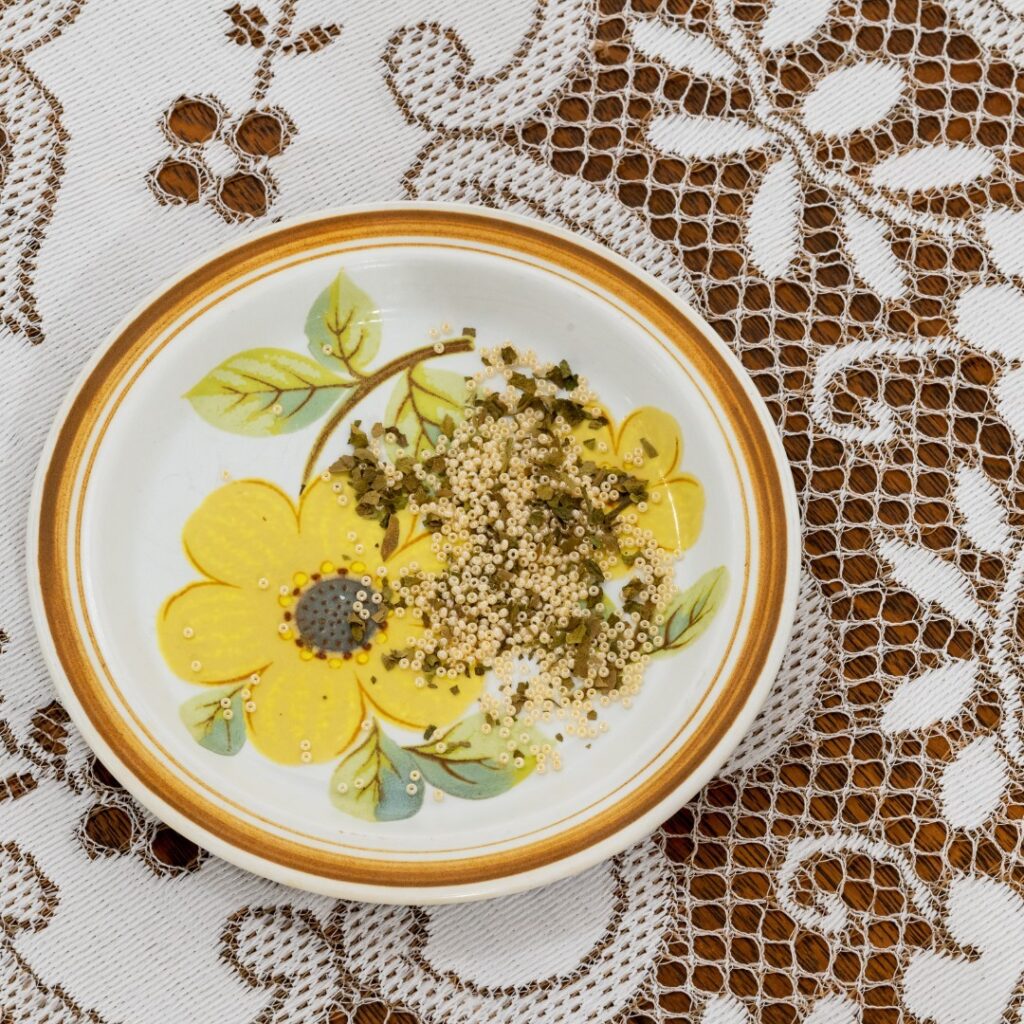
Left – wiikondiwin, by Jacqueline Morrisseau-Addison, 2023, Family photographs on organza, chairs, table, lace tablecloth, ceramic plates, seed beads, and tobacco, dimensions variable
Right – wiikondiwin (detail), photos by Blaine Campbell
Beautiful in its simplicity is a collection of ceramic orange peels by Lan Florence Yee in collaboration with their friend Arezu Salamzadeh entitled Please Help Yourself. The peels symbolize the Cantonese practice of sharing among guests and strangers as a gesture of hospitality. During the isolation of the pandemic, Yee and Salamzadeh shipped unmoulded clay to friends and family and asked them to “share a tangerine.” The resulting fired and glazed peels are now a testament to collective creativity and shared human experiences.
Another poignant piece comes from mixed-media artist Jacqueline Morrisseau-Addison, who contributes Wiikondowin. The piece encapsulates the Anishinaabe practice of honouring spirits in the otherworld. Morrisseau-Addison invites viewers into her family kitchen, a space that embodies the nurturing of familial bonds through the retelling of ancestral stories. She bridges temporal and spatial distances, fostering connections with loved ones she’s never met in person.
In its entirety, Ghostly Makers thoughtfully unites five exceptional artists, each on a personal journey to preserve and reconnect with their ancestral cultures. Their expressions serve as a testament to the persistence of cultural identity even when one is raised far from its roots or when historical injustices have suppressed those roots. The show invites us to ponder what cultural belonging truly means, especially for those whose traditions have been overshadowed by colonialism.
You can visit Ghostly Makers as well as the gallery’s other current exhibit, Tending Otherworlds, until September 24, 2023
For more details, visit https://www.burnaby.ca/recreation-and-arts/arts-and-culture-facilities/burnaby-art-gallery/exhibitions/ghostly-makers-and-tending-otherworlds
Burnaby Art Gallery: From Metrotown Station, take the #144 Bus to Deer Lake Ave and Rowan Drive
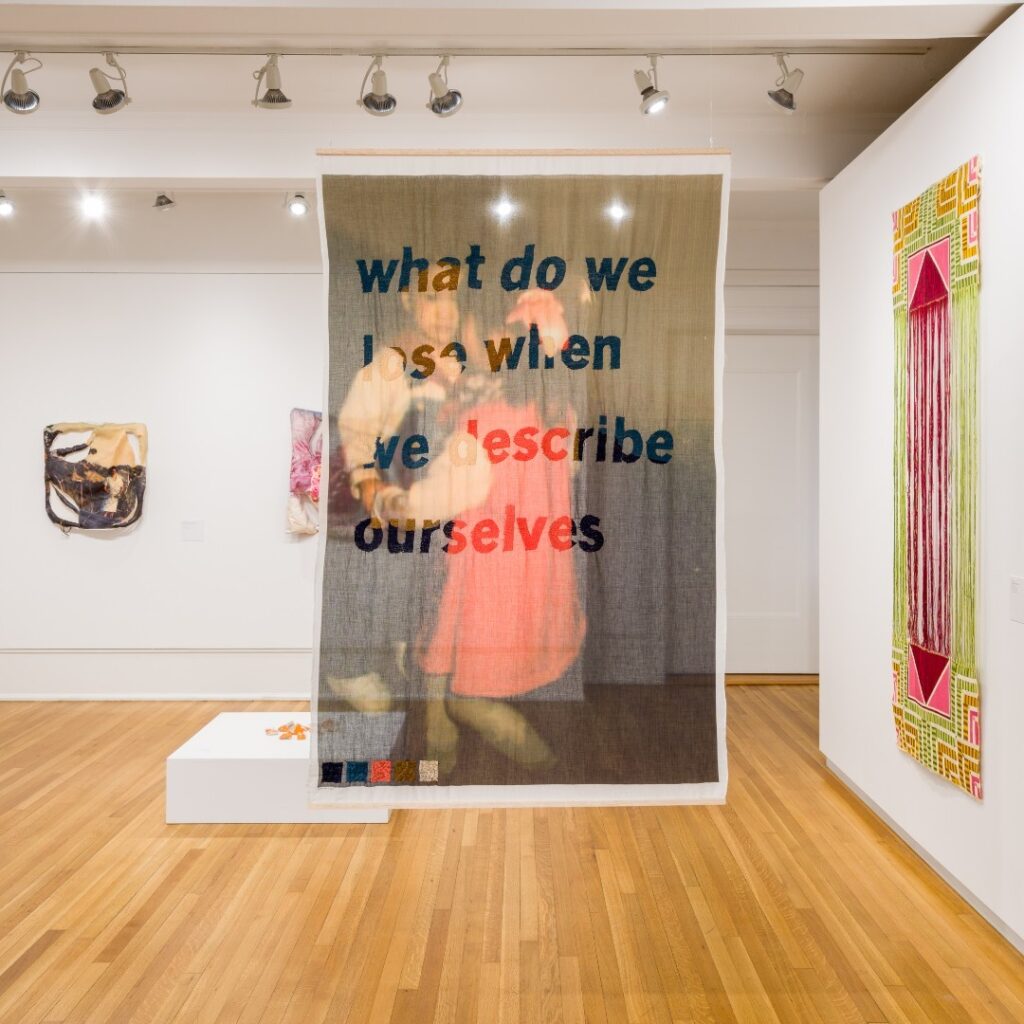
Photography: Blaine Campbell
